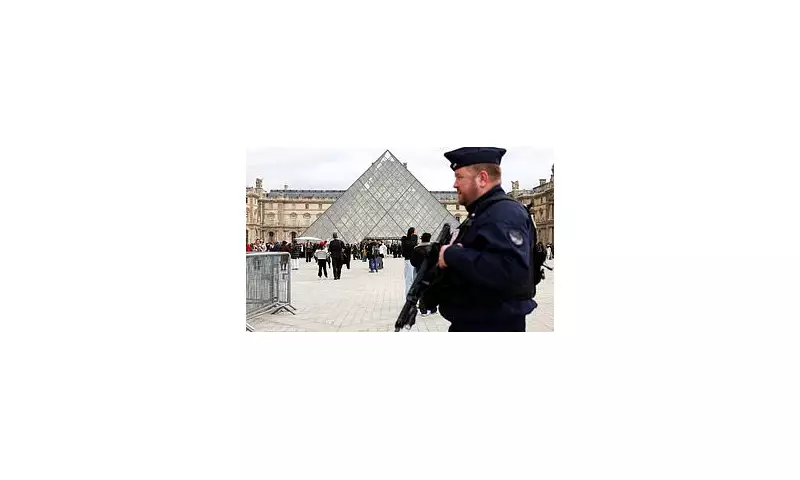
In a stunning security breach that reads like a Hollywood thriller, the prestigious Louvre Museum in Paris fell victim to an audacious cyber-physical heist that compromised its entire video surveillance infrastructure. The incident, which occurred under the cover of darkness, has sent shockwaves through the international art protection community.
The Midnight Intrusion
Under the shadow of night, sophisticated criminals executed a meticulously planned operation targeting the museum's security nerve centre. Rather than attempting to steal priceless artworks directly, the thieves focused their efforts on something far more valuable: the complete password database controlling the Louvre's extensive video surveillance network.
This brazen theft represents every museum security director's worst nightmare. The perpetrators didn't just bypass security measures; they effectively stole the digital keys to the kingdom, granting them potential access to the museum's entire monitoring ecosystem.
Security Implications
The consequences of this breach are profound. With control over the surveillance passwords, the thieves could theoretically:
- Disable cameras during future theft attempts
- Manipulate footage to conceal criminal activities
- Study security patterns and vulnerabilities
- Plan subsequent heists with unprecedented precision
Security experts describe this as a 'blueprint theft' - where criminals acquire the operational knowledge needed to execute even more daring crimes in the future.
International Art Protection Crisis
The Louvre incident has triggered urgent security reviews at major cultural institutions worldwide. Museums housing priceless collections are now confronting the harsh reality that physical security measures alone are insufficient in today's digital age.
French authorities have launched a comprehensive investigation, working alongside international cybersecurity experts to understand how such a fundamental security failure could occur at one of the world's most visited and protected cultural institutions.
As the investigation continues, the art world holds its breath, aware that the stolen passwords represent not just a security breach, but a potential roadmap for future attacks on global cultural heritage.





